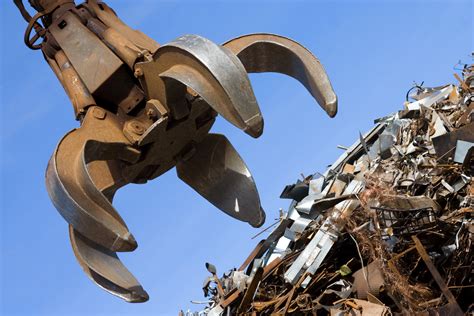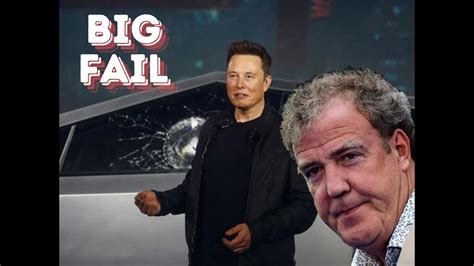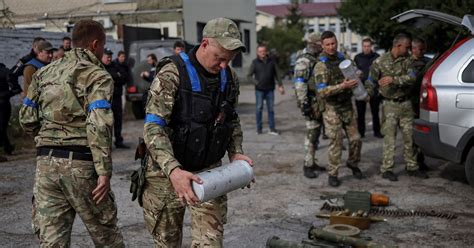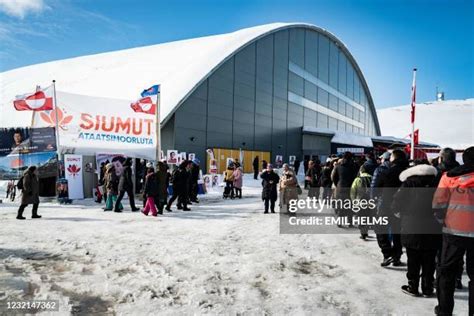As I walked through the scrap yard in Willebroek, Belgium, surrounded by discarded appliances and vehicle parts, the phrase
“urban mining”
echoed in my mind. The massive metal shredder stood quiet momentarily, while trucks meticulously arranged piles of aluminum and steel fragments beside the waste treatment facility. This unassuming place was a hub of strategic importance – the Belgian Scrap Terminal.
Every year, this terminal processes an astonishing 1.5 million metric tons of scrap metal across multiple sites in Belgium, France, and Luxembourg. Within these heaps of seemingly worthless junk lies a valuable resource that European manufacturers are banking on to navigate challenges such as soaring energy costs and supply chain disruptions – recycled metal.
Aurelio Braconi from Eurofer aptly captured the urgency of the situation when he stated,
“We are shooting ourselves in the foot,”
referring to Europe’s tendency to export recyclable materials only to import finished products from abroad. The dynamics worsened with President Trump’s imposition of tariffs on global steel imports, triggering retaliatory measures from the EU.
Amidst mounting pressure to adhere to stringent environmental regulations while staying economically viable, heavy industries turn to recycling as a beacon of hope. However, the rising global demand for scrap metal has inflated prices significantly. At around €300 per ton for steel scrap and up to €1,800 for aluminum, overseas buyers often outbid European counterparts due to cheaper energy costs.
Eurofer and European Aluminium have urged Brussels to intervene and retain more recycled metal within Europe’s borders to bolster supply chains and enhance competitiveness. Nevertheless, this plea clashes with recyclers’ perspectives represented by entities like the Belgian Scrap Terminal.
While industry giants lobby for restrictions on scrap exports to revive ailing sectors like steel production that witnessed a distressing 20% decline recently; recyclers advocate against such limitations citing their ongoing investments in advanced technologies essential for processing waste metals efficiently.
Heather Grabbe emphasizes that banning scrap exports might not be a silver bullet given the overarching challenge posed by high energy prices plaguing European industries striving for decarbonization amidst fierce global competition.
In essence, Europe faces an intricate dilemma balancing economic interests with environmental imperatives as it charts its course towards sustainable industrial growth. Whether retaining scrap metal within EU boundaries truly propels decarbonization efforts or inadvertently hampers innovation remains subject to heated debates among policymakers grappling with multifaceted concerns ranging from job security to climate action.
Sangeeth Raja Selvaraju underscores how restricting scrap exports could potentially impede developing nations’ progress towards greener manufacturing practices – underscoring a broader moral obligation towards enabling global sustainability beyond regional confines.
Amidst these diverging viewpoints lies a poignant question haunting decision-makers at Brussels – should preserving traditional industries take precedence over embracing transformative shifts toward greener economies globally? As Europe treads this tightrope between tradition and innovation on its industrial landscape canvas, only time will unveil whether its choices steer a path toward prosperity resonating beyond borders or confine ambitions within hemmed boundaries.









Leave feedback about this